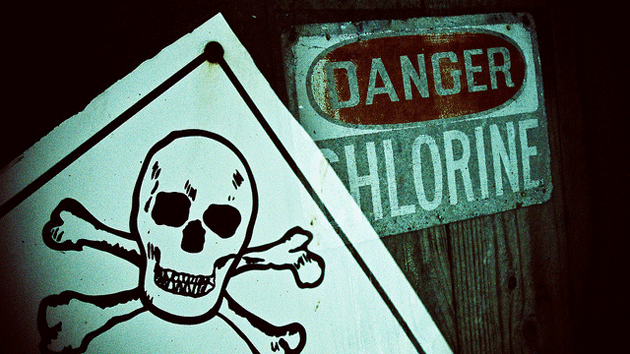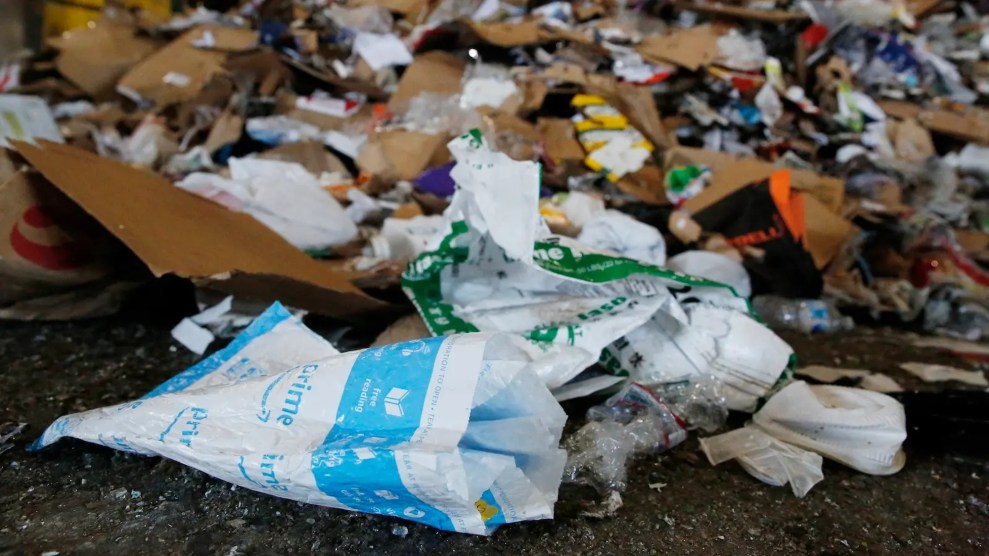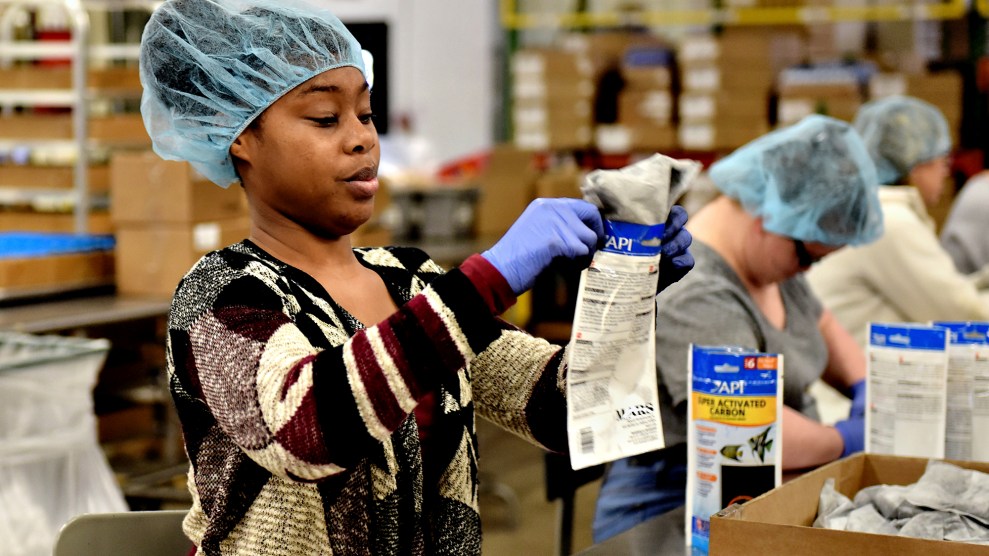
<a href="http://https://www.flickr.com/photos/camkage/5135679647/in/photolist-8PPGCP-24JLtg-dj86S3-4GWPph-8W4pz-2SXYJk-6XD67Y-bXdkf8-cR8JUd-8gWDyy-tS4a9-fid5Pr-8iqjQm----8fNwpH-6YPxE5-Q4SRW-np98A-a3N4He-hnfWL-bRgFA-np94k-4E5Rjt-np9hc-5FWgGz-H5qVE-8Z7rdE-9JfCEA-7cZpnT-btig9q-Q4T4q-5RcEej-5GBrW1-6Nfmst-4kewQz-64rdVF-86xMDz-5TQ7Pi-dj9P5-4GWhWE-8Gmgko-bSAvB8-6RzjM9-cs9fpU-6RC4n6-51ajRG-8yXKLQ-8in6h2">Cameron Russel</a>/Flickr
The chlorination of municipal tap water is considered one of the 20th century’s best public health ideas. The American Water Works Association credits the practice with increasing life expectancy by 50 percent over the past century by virtually eliminating water-borne diseases such as typhoid fever and cholera. But chlorine in drinking water can cause health risks of its own. And while some of the of those risks, such as reactions with organic compounds that can yield toxic byproducts, are relatively well understood and managed, at least one has been largely overlooked: the effect of chlorinated drinking water on the beneficial bacteria in our guts.
The notion that our bodies’ 100 trillion bacteria act as a crucial internal ecosystem, a sort of sixth human organ, has only recently gained currency among mainstream scientists. Researchers now believe a lack of beneficial bacteria in the gut can trigger certain autoimmune diseases, among them diabetes, asthma, and even neurological conditions such as autism. Those conditions have spread in step with Western society’s war on germs, which has scorched our good bacteria along with the bad, throwing our bodies’ microbiomes off balance in the same way that a slashed and burned rainforest becomes susceptible to invasive weeds.
Jeff Leach is a leading microbiome researcher and founder of the American Gut Project, which aims to sequence the microbiomes of tens of thousands of Americans. Leach suspects that several factors may impede bacterial diversity in Americans, among them the profligate use of antibiotics, overconsumption of processed foods, and, at least to some extent, consumption of chlorine in tap water. “It’s something I’ve discussed with a number of other microbiologists,” he replied when I asked about the possibility. “In short, nobody has done the research, but we are certain that there is an impact.”
Based on studies of chlorine’s effects on human cells, the Environmental Protection Agency sets the safe level in drinking water at no more than four parts per million. Even that dilute level can wipe out lots other life forms, however, as anyone knows who has filled a goldfish bowl from the tap.
There’s no debate that chlorinating our water kills off a wide array of malignant bacteria—just try drinking the tap water in countries that don’t fully disinfect it. Much less is known, however, about chlorine’s effect on good bacteria that help preserve healthy digestive systems. We simply don’t know enough about the microbial ecosystem in the human gut to identify every type of bacteria that’s important, much less how well those bacteria survive when we guzzle mildly chlorinated tap water.
Still, some tangential research suggests cause for concern. A 1987 Toxicology study found that consumption of water with even fairly low levels of monochloramine, a commonly used disinfectant that persists in drinking water longer than chlorine, disrupted the immune systems of rats—a finding that’s notable given the strong link between the human immune system and gut microbes.
Chlorine in tap water is also known to kill microbes in soil—watch out, home gardeners!—though it doesn’t penetrate deep into the ground, and microbial populations typically bounce back quickly after watering.
Though the risks of chlorine in tap water might justify purchasing a low-cost home water filter that can remove it, it’s definitely premature to back off of requirements to chlorinate or otherwise disinfect municipal drinking water, as some Wisconsin state legislators proposed a few years ago.
“Chlorination has done tremendous good, so the default is to continue as is,” Martin Blaser, the director of the Human Microbiome Project, told me, “but whether or not there are subtler effects needs to be studied.”













